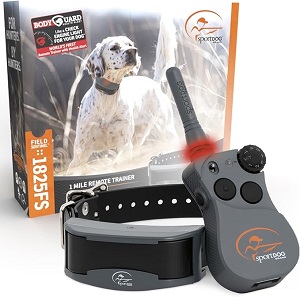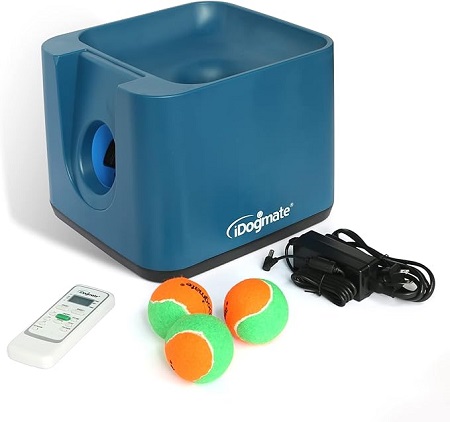What You Need to Know About Donating Items Versus Cash for Tax Deductions
Introduction
When it comes to supporting animal shelters and pet charities, you have multiple donation options:
Cash contributions – Direct monetary donations
Item donations – Pet food, supplies, medical products, etc.
Both types of donations can qualify for tax deductions, but the rules for claiming them vary.
This guide will help you understand:
Tax benefits of donating cash vs. items
IRS requirements for charitable deductions
Which type of donation maximizes your tax savings
If you're looking to support animals while making the most of your tax benefits, keep reading!
Cash Donations: Easier to Claim, Higher Deduction Limits
Benefits of Donating Cash to Pet Charities
Simple Documentation – No need to estimate fair market value
Higher Deduction Limit – Deduct up to 60% of your adjusted gross income (AGI)
More Flexibility – Shelters can use funds for urgent needs
Essentials for Your Newly Adopted Pet
Welcoming a shelter pet into your life is a beautiful journey. Here are some handpicked items to help your new friend feel safe, loved, and right at home:
Example: If you donate $1,000 in cash to a registered pet charity, you can claim a $1,000 tax deduction (as long as it doesn’t exceed 60% of your AGI).
How to Claim a Tax Deduction for Cash Donations
To be deductible, your donation must go to a 501(c)(3) nonprofit organization.
For cash donations under $250:
- Keep bank records, credit card statements, or donation receipts
For cash donations over $250:
- Get a written acknowledgment from the charity
-
Ensure it includes:
The donation amount
The charity’s name & EIN
A statement confirming that no goods/services were received in return
Important: Personal pet expenses (vet bills, pet food, or adoption fees) do not qualify as tax-deductible donations.
Donating Items: Extra Documentation, Lower Deduction Limits
Benefits of Donating Pet Supplies, Food, and Equipment
Supports Immediate Shelter Needs – Food, crates, blankets, and meds help animals directly
Declutters Your Home – Great way to repurpose unused pet gear
Still Provides a Tax Deduction – As long as you properly value and document donations
Example: If you donate a $200 dog crate and $100 worth of pet food, you can claim a $300 tax deduction (based on fair market value).
How to Determine the Deduction Value for Item Donations
You can only deduct the fair market value (FMV) of donated items.
New Items – Use purchase receipts as proof
Used Items – Estimate the resale value (what someone would pay for it today)
Medical Donations – Some medications require appraisal or special documentation
Important: You cannot claim the original purchase price if the item has depreciated in value.
IRS Documentation Rules for Item Donations
For item donations under $500:
- Keep a detailed list of donated items
- Request a receipt from the charity
For item donations over $500:
- File IRS Form 8283 with your tax return
- Provide a written appraisal if the donation exceeds $5,000
Without proper documentation, the IRS may reject your deduction.
Cash vs. Item Donations: Which is Better for Taxes
|
Factor |
Cash Donations |
Item Donations |
|---|---|---|
|
Deduction Limit |
Up to 60% of AGI |
Up to 50% of AGI (if under $500) |
|
Ease of Claiming |
Easier– Requires only a receipt |
More Complex– Requires FMV assessment |
|
Impact on Shelters |
Provides flexible support |
Provides direct aid (supplies, food, meds) |
|
Documentation Needed |
Simple receipt or bank statement |
Detailed item list & valuation |
Best Strategy: If possible, combine both! Donate cash for flexibility and items for direct impact.
Maximizing Tax Deductions for Pet Donations
Donate to a Qualified 501(c)(3) Charity – Check IRS Tax-Exempt Organization Search
Request Receipts for All Donations – Whether cash or items
Document the Fair Market Value – For non-cash donations
Keep Detailed Records – Especially for donations over $500
Consult a Tax Professional – If making large or frequent donations
If you take the standard deduction, you cannot claim charitable donations.
Conclusion
Both cash and item donations help animal shelters and rescue organizations.
Cash donations are easier to claim and have a higher deduction limit.
Item donations directly help shelters but require extra documentation.
A combination of both maximizes your tax benefits while making a bigger impact on pets in need.
By following IRS rules and documentation requirements, you can support animals while making the most of your tax deductions!
Affiliate Products
We may earn a small commission when you shop through our links — it helps us keep sharing love and care for every dog out there, at no extra cost to you.
Up to 75% Discount

Dog Collar with Health Monitoring
BUY NOW »
Up to 55% Discount

Luxury Faux Furhuge Napping Bed
BUY NOW »




